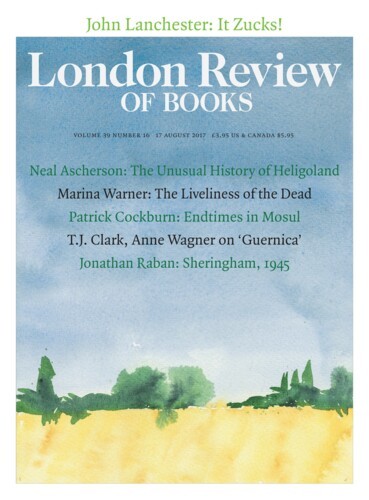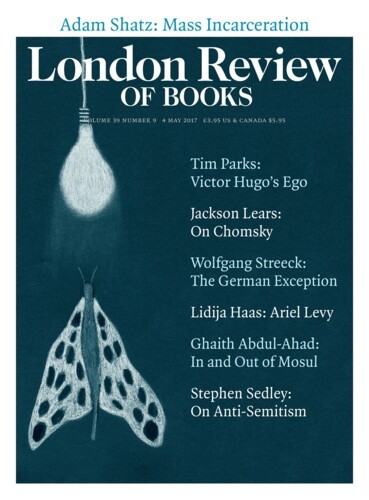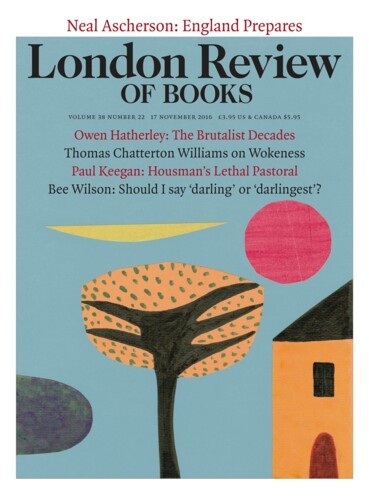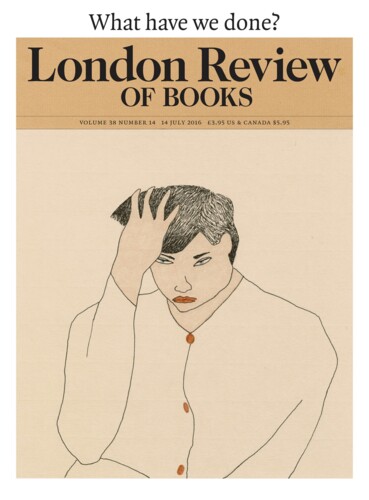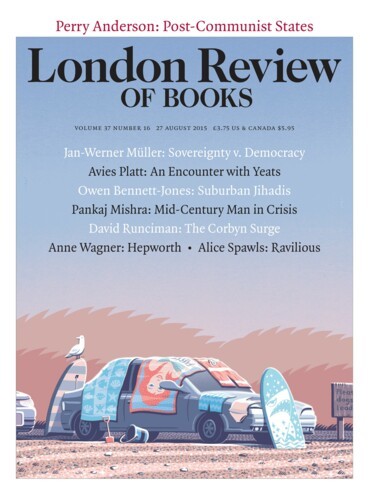The Women of ‘Guernica’
Anne Wagner, 17 August 2017
Picasso was a painter of themes. Themes, not subjects or ‘subject matter’: he pointed out the difference to André Malraux in 1937, just before Guernica left his studio for the Paris World’s Fair. Malraux had remarked that though neither of them put much stock in ‘subject matter’, on this occasion, in painting the great mural, his subject had served...
